How do I find out BIOS version using a Linux command line option?
To find out BIOS version under Linux operating systems use the dmidecode
command which is a tool to analyse BIOS data. I have tested on 'Dell 3542 i5 4th Gen'. You must login as admin to
run dmidecode command:
sudo dmidecode | less
Output
# dmidecode 2.12
# SMBIOS entry point at 0x000f04c0
SMBIOS 2.8 present.
45 structures occupying 2092 bytes.
Table at 0x000EC720.
Handle 0xDA00, DMI type 218, 251 bytes
OEM-specific Type
Header and Data:
DA FB 00 DA B2 00 0D 5F 0F 37 40 7D 00 00 00 00
00 7E 00 01 00 00 00 75 01 01 80 01 00 76 01 02
80 01 00 2D 01 03 80 01 00 2E 01 04 80 00 00 4F
02 05 80 01 00 50 02 06 80 00 00 E2 01 02 00 00
00 E1 01 02 00 01 00 E3 01 02 00 02 00 58 02 20
80 00 00 57 02 20 80 01 00 9C 00 03 00 01 00 9B
00 03 00 00 00 8A 01 04 00 01 00 89 01 04 00 00
00 7F 01 05 00 00 00 80 01 05 00 01 00 53 01 06
00 00 00 52 01 06 00 01 00 7B 01 07 00 00 00 7C
01 07 00 01 00 94 01 08 00 00 00 93 01 08 00 01
00 7D 00 09 00 00 00 2D 00 0A 00 01 00 2E 00 0A
00 00 00 6E 00 0B 00 00 00 95 00 0C 00 01 00 96
00 0C 00 00 00 2F 02 0D 00 01 00 30 02 0D 00 00
00 4B 01 0E 00 01 00 4A 01 0E 00 00 00 37 01 0F
00 00 00 38 01 0F 00 01 00 39 01 0F 00 02 00 2E
02 07 80 01 00 FF FF 00 00 00 00
Handle 0xDA01, DMI type 218, 35 bytes
OEM-specific Type
Header and Data:
DA 23 01 DA B2 00 0D 5F 0F 37 40 2D 02 08 80 01
00 4F 03 09 80 01 00 50 03 0A 80 01 00 FF FF 00
00 00 00
Handle 0x0000, DMI type 0, 24 bytes
BIOS Information
Vendor: Dell Inc.
Version: A09
Release Date: 10/16/2015
Address: 0xF0000
Runtime Size: 64 kB
ROM Size: 2048 kB
Characteristics:
MCA is supported
PCI is supported
BIOS is upgradeable
BIOS shadowing is allowed
ESCD support is available
Boot from CD is supported
Selectable boot is supported
BIOS ROM is socketed
EDD is supported
5.25"/1.2 MB floppy services are supported (int 13h)
3.5"/720 kB floppy services are supported (int 13h)
3.5"/2.88 MB floppy services are supported (int 13h)
Print screen service is supported (int 5h)
8042 keyboard services are supported (int 9h)
Serial services are supported (int 14h)
Printer services are supported (int 17h)
CGA/mono video services are supported (int 10h)
ACPI is supported
USB legacy is supported
ATAPI Zip drive boot is supported
BIOS boot specification is supported
Targeted content distribution is supported
UEFI is supported
BIOS Revision: 65.9
Handle 0x002E, DMI type 13, 22 bytes
BIOS Language Information
Language Description Format: Long
Installable Languages: 1 en|US|iso8859-1
Currently Installed Language: en|US|iso8859-1
Handle 0x002D, DMI type 131, 64 bytes
OEM-specific Type
Header and Data:
83 40 2D 00 31 00 00 00 00 00 00 00 00 00 00 00
F8 00 43 9C 00 00 00 00 01 00 00 00 05 00 09 00
9C 07 37 00 00 00 00 00 C8 00 FF FF 00 00 00 00
00 00 00 00 26 00 00 00 76 50 72 6F 00 00 00 00
Handle 0x002C, DMI type 136, 6 bytes
OEM-specific Type
Header and Data:
88 06 2C 00 5A 5A
Handle 0x001B, DMI type 19, 31 bytes
Memory Array Mapped Address
Starting Address: 0x00000000000
Ending Address: 0x000FFFFFFFF
Range Size: 4 GB
Physical Array Handle: 0x0007
Partition Width: 1
Handle 0x001A, DMI type 20, 35 bytes
Memory Device Mapped Address
Starting Address: 0x00000000000
Ending Address: 0x000FFFFFFFF
Range Size: 4 GB
Physical Device Handle: 0x0017
Memory Array Mapped Address Handle: 0x001B
Partition Row Position: 1
Interleave Position: 1
Interleaved Data Depth: 1
Handle 0x0017, DMI type 17, 40 bytes
Memory Device
Array Handle: 0x0007
Error Information Handle: Not Provided
Total Width: 64 bits
Data Width: 64 bits
Size: 4096 MB
Form Factor: SODIMM
Set: None
Locator: DIMM_A
Bank Locator: Bank 0
Type: DDR3
Type Detail: Synchronous
Speed: 1600 MHz
Manufacturer: Samsung
Serial Number: F16EF064
Asset Tag: 01143900
Part Number: M471B5173DB0-YK0
Rank: 1
Configured Clock Speed: 1600 MHz
Minimum voltage: 1.350 V
Maximum voltage: 1.500 V
Configured voltage: 1.350 V
Handle 0x0007, DMI type 16, 23 bytes
Physical Memory Array
Location: System Board Or Motherboard
Use: System Memory
Error Correction Type: None
Maximum Capacity: 8 GB
Error Information Handle: Not Provided
Number Of Devices: 1
Handle 0x0006, DMI type 7, 19 bytes
Cache Information
Socket Designation: CPU Internal L3
Configuration: Enabled, Not Socketed, Level 3
Operational Mode: Write Back
Location: Internal
Installed Size: 3072 kB
Maximum Size: 3072 kB
Supported SRAM Types: Unknown
Installed SRAM Type: Unknown
Speed: Unknown
Error Correction Type: Single-bit ECC
System Type: Unified
Associativity: 12-way Set-associative
Handle 0x0005, DMI type 7, 19 bytes
Cache Information
Socket Designation: CPU Internal L2
Configuration: Enabled, Not Socketed, Level 2
Operational Mode: Write Back
Location: Internal
Installed Size: 512 kB
Maximum Size: 512 kB
Supported SRAM Types: Unknown
Installed SRAM Type: Unknown
Speed: Unknown
Error Correction Type: Single-bit ECC
System Type: Unified
Associativity: 8-way Set-associative
Handle 0x0004, DMI type 7, 19 bytes
Cache Information
Socket Designation: CPU Internal L1
Configuration: Enabled, Not Socketed, Level 1
Operational Mode: Write Back
Location: Internal
Installed Size: 128 kB
Maximum Size: 128 kB
Supported SRAM Types: Unknown
Installed SRAM Type: Unknown
Speed: Unknown
Error Correction Type: Single-bit ECC
System Type: Other
Associativity: 8-way Set-associative
Handle 0x0024, DMI type 4, 42 bytes
Processor Information
Socket Designation: SOCKET 0
Type: Central Processor
Family: Core i5
Manufacturer: Intel
ID: 51 06 04 00 FF FB EB BF
Signature: Type 0, Family 6, Model 69, Stepping 1
Flags:
FPU (Floating-point unit on-chip)
VME (Virtual mode extension)
DE (Debugging extension)
PSE (Page size extension)
TSC (Time stamp counter)
MSR (Model specific registers)
PAE (Physical address extension)
MCE (Machine check exception)
CX8 (CMPXCHG8 instruction supported)
APIC (On-chip APIC hardware supported)
SEP (Fast system call)
MTRR (Memory type range registers)
PGE (Page global enable)
MCA (Machine check architecture)
CMOV (Conditional move instruction supported)
PAT (Page attribute table)
PSE-36 (36-bit page size extension)
CLFSH (CLFLUSH instruction supported)
DS (Debug store)
ACPI (ACPI supported)
MMX (MMX technology supported)
FXSR (FXSAVE and FXSTOR instructions supported)
SSE (Streaming SIMD extensions)
SSE2 (Streaming SIMD extensions 2)
SS (Self-snoop)
HTT (Multi-threading)
TM (Thermal monitor supported)
PBE (Pending break enabled)
Version: Intel(R) Core(TM) i5-4210U CPU @ 1.70GHz
Voltage: 1.2 V
External Clock: 100 MHz
Max Speed: 3800 MHz
Current Speed: 1700 MHz
Status: Populated, Enabled
Upgrade: Socket rPGA988B
L1 Cache Handle: 0x0004
L2 Cache Handle: 0x0005
L3 Cache Handle: 0x0006
Serial Number: Not Specified
Asset Tag: Fill By OEM
Part Number: Fill By OEM
Core Count: 2
Core Enabled: 2
Thread Count: 4
Characteristics: 64-bit capable
Handle 0x0001, DMI type 1, 27 bytes
System Information
Manufacturer: Dell Inc.
Product Name: Inspiron 3542
Version: Not Specified
Serial Number: C6CQ332
UUID: 4C4C4544-0036-4310-8051-C3C04F333332
Wake-up Type: Power Switch
SKU Number: 0652
Family: Handle 0x0002, DMI type 2, 15 bytes
Base Board Information
Manufacturer: Dell Inc.
Product Name: 0926J6
Version: A09
Serial Number: .C6CQ332.CN762064AU00MZ.
Asset Tag: Not Specified
Features:
Board is a hosting board
Board is replaceable
Location In Chassis: To Be Filled By O.E.M.
Chassis Handle: 0x0003
Type: Motherboard
Contained Object Handles: 0
Handle 0x0003, DMI type 3, 22 bytes
Chassis Information
Manufacturer: Dell Inc.
Type: Portable
Lock: Not Present
Version: Not Specified
Serial Number: C6CQ332
Asset Tag: Not Specified
Boot-up State: Safe
Power Supply State: Safe
Thermal State: Safe
Security Status: None
OEM Information: 0x00000000
Height: Unspecified
Number Of Power Cords: 1
Contained Elements: 0
SKU Number: To be filled by O.E.M.
Handle 0x0008, DMI type 8, 9 bytes
Port Connector Information
Internal Reference Designator: J1A1
Internal Connector Type: None
External Reference Designator: PS2Mouse
External Connector Type: PS/2
Port Type: Mouse Port
Handle 0x0009, DMI type 8, 9 bytes
Port Connector Information
Internal Reference Designator: J1A1
Internal Connector Type: None
External Reference Designator: Keyboard
External Connector Type: PS/2
Port Type: Keyboard Port
Handle 0x000A, DMI type 8, 9 bytes
Port Connector Information
Internal Reference Designator: J2A2B
Internal Connector Type: None
External Reference Designator: Video
External Connector Type: DB-15 female
Port Type: Video Port
Handle 0x000B, DMI type 8, 9 bytes
Port Connector Information
Internal Reference Designator: J3A1
Internal Connector Type: None
External Reference Designator: USB1
External Connector Type: Access Bus (USB)
Port Type: USB
Handle 0x000C, DMI type 8, 9 bytes
Port Connector Information
Internal Reference Designator: J3A1
Internal Connector Type: None
External Reference Designator: USB2
External Connector Type: Access Bus (USB)
Port Type: USB
Handle 0x000D, DMI type 8, 9 bytes
Port Connector Information
Internal Reference Designator: J3A1
Internal Connector Type: None
External Reference Designator: USB3
External Connector Type: Access Bus (USB)
Port Type: USB
Handle 0x000E, DMI type 8, 9 bytes
Port Connector Information
Internal Reference Designator: J5A1
Internal Connector Type: None
External Reference Designator: LAN
External Connector Type: RJ-45
Port Type: Network Port
Handle 0x000F, DMI type 9, 17 bytes
System Slot Information
Designation: J6B2
Type: x16 PCI Express
Current Usage: In Use
Length: Long
ID: 0
Characteristics:
3.3 V is provided
Opening is shared
PME signal is supported
Bus Address: 0000:00:01.0
Handle 0x0010, DMI type 9, 17 bytes
System Slot Information
Designation: J6B1
Type: x1 PCI Express
Current Usage: In Use
Length: Short
ID: 1
Characteristics:
3.3 V is provided
Opening is shared
PME signal is supported
Bus Address: 0000:00:1c.3
Handle 0x0011, DMI type 10, 6 bytes
On Board Device Information
Type: Video
Status: Enabled
Description: Mobile Intel HD Graphics
Handle 0x0012, DMI type 11, 5 bytes
OEM Strings
String 1: Dell System
String 2: 1[0652]
String 3: 3[3.3]
String 4: 4[0001]
String 5: 6[D0, D4, D8, D9, DA, DB, DC, DD, DE]
String 6: 10[A09]
String 7: 13[P40F]
String 8: 14[0]
String 9: 15[11]
Handle 0x0013, DMI type 12, 5 bytes
System Configuration Options
Option 1: To Be Filled By O.E.M.
Handle 0x0014, DMI type 21, 7 bytes
Built-in Pointing Device
Type: Touch Pad
Interface: Bus Mouse
Buttons: 2
Handle 0x0015, DMI type 22, 26 bytes
Portable Battery
Location: Sys. Battery Bay
Manufacturer: SMP-SDI2.8
Serial Number: 1076
Name: DELL FW1MN31
Chemistry: Lithium Ion
Design Capacity: 28000 mWh
Design Voltage: 14800 mV
SBDS Version: 1.0
Maximum Error: 2%
SBDS Manufacture Date: 2014-09-22
OEM-specific Information: 0x00000001
Handle 0x0016, DMI type 32, 20 bytes
System Boot Information
Status: No errors detected
Handle 0x0018, DMI type 27, 12 bytes
Cooling Device
Type: Fan
Status: OK
OEM-specific Information: 0x00000000
Handle 0x0019, DMI type 28, 20 bytes
Temperature Probe
Description: CPU Internal Temperature
Location: Processor
Status: OK
Maximum Value: 127.0 deg C
Minimum Value: 0.0 deg C
Resolution: 1.000 deg C
Tolerance: 0.5 deg C
Accuracy: Unknown
OEM-specific Information: 0x00000000
Handle 0xB000, DMI type 176, 10 bytes
OEM-specific Type
Header and Data:
B0 0A 00 B0 00 00 00 00 52 06
Handle 0xB100, DMI type 177, 12 bytes
OEM-specific Type
Header and Data:
B1 0C 00 B1 1A 0E 00 00 00 00 00 00
Handle 0x001C, DMI type 208, 12 bytes
OEM-specific Type
Header and Data:
D0 0C 1C 00 02 05 FE 00 52 06 01 02
Strings:
20141031
20141031
Handle 0x001D, DMI type 212, 57 bytes
OEM-specific Type
Header and Data:
D4 39 1D 00 70 00 71 00 01 49 50 48 9C 00 49 FC
01 9B 00 49 FC 00 7F 01 4A FB 04 80 01 4A FB 00
53 01 4A F7 08 52 01 4A F7 08 7B 01 4A EF 10 7C
01 4A EF 10 FF FF 00 00 00
Handle 0x001E, DMI type 216, 9 bytes
OEM-specific Type
Header and Data:
D8 09 1E 00 01 02 01 00 00
Strings:
INTEL
0000
Handle 0x001F, DMI type 217, 8 bytes
OEM-specific Type
Header and Data:
D9 08 1F 00 01 02 00 00
Strings:
Handle 0x0020, DMI type 219, 11 bytes
OEM-specific Type
Header and Data:
DB 0B 20 00 00 01 02 03 00 04 05
Strings:
Handle 0x0021, DMI type 220, 22 bytes
OEM-specific Type
Header and Data:
DC 16 21 00 01 F0 00 00 02 F0 00 00 00 00 03 F0
04 F0 00 00 00 00
Handle 0x0022, DMI type 221, 19 bytes
OEM-specific Type
Header and Data:
DD 13 22 00 00 00 00 00 00 03 00 00 00 00 00 00
00 00 00
Handle 0x0023, DMI type 222, 16 bytes
OEM-specific Type
Header and Data:
D8 09 1E 00 01 02 01 00 00
Strings:
INTEL
0000
Handle 0x001F, DMI type 217, 8 bytes
OEM-specific Type
Header and Data:
D9 08 1F 00 01 02 00 00
Strings:
Handle 0x0020, DMI type 219, 11 bytes
OEM-specific Type
Header and Data:
DB 0B 20 00 00 01 02 03 00 04 05
Strings:
Handle 0x0021, DMI type 220, 22 bytes
OEM-specific Type
Header and Data:
DC 16 21 00 01 F0 00 00 02 F0 00 00 00 00 03 F0
04 F0 00 00 00 00
Handle 0x0022, DMI type 221, 19 bytes
OEM-specific Type
Header and Data:
DD 13 22 00 00 00 00 00 00 03 00 00 00 00 00 00
00 00 00
Handle 0x0023, DMI type 222, 16 bytes
OEM-specific Type
Header and Data:
DE 10 23 00 01 08 FF FF 00 00 00 00 00 00 00 00
Handle 0x002F, DMI type 127, 4 bytes
End Of Table
dmidecode is a tool for dumping a computer's DMI (some say SMBIOS)
table contents in a human-readable format. This table contains a
description of the system's hardware components, as well as other
useful pieces of information such as serial numbers and BIOS revision.
Thanks to this table, you can retrieve this information without having
to probe for the actual hardware. While this is a good point in terms
of report speed and safeness, this also makes the presented information
possibly unreliable.
The DMI table doesn't only describe what the system is currently made
of, it also can report the possible evolutions (such as the fastest
supported CPU or the maximal amount of memory supported).
SMBIOS stands for System Management BIOS, while DMI stands for Desktop
Management Interface. Both standards are tightly related and developed
by the DMTF (Desktop Management Task Force).
As you run it,
dmidecode will try to locate the DMI table. If it
succeeds, it will then parse this table and display a list of records
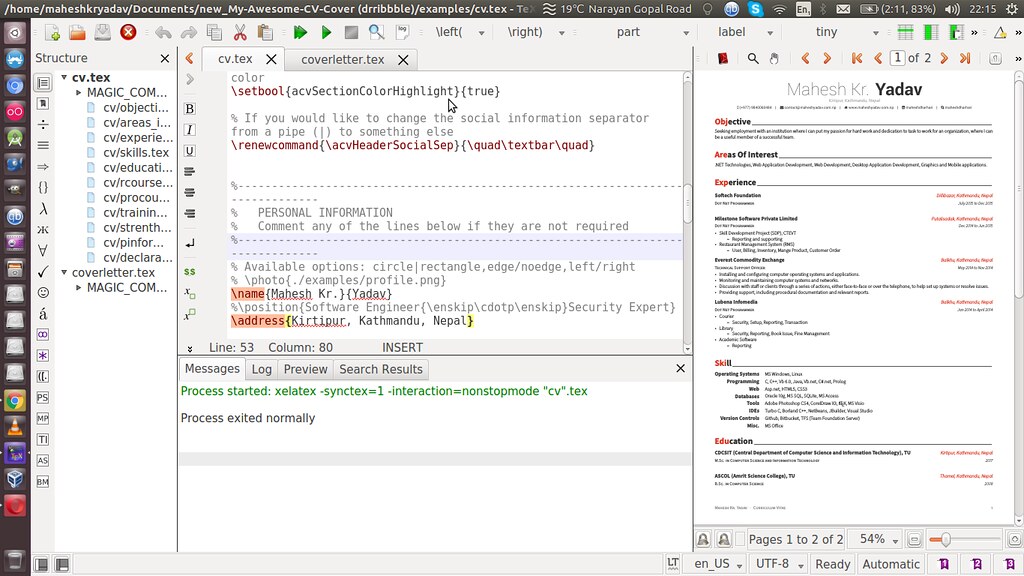
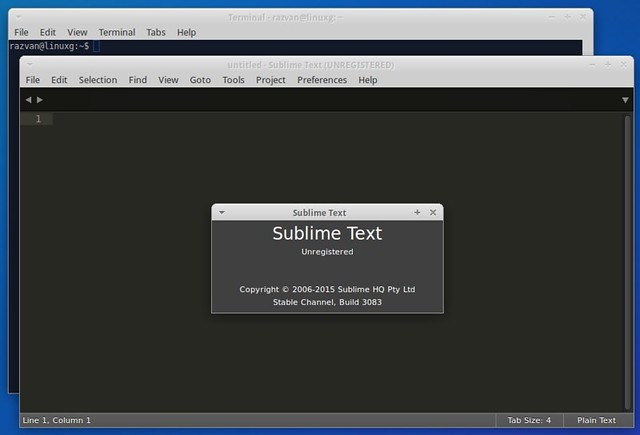
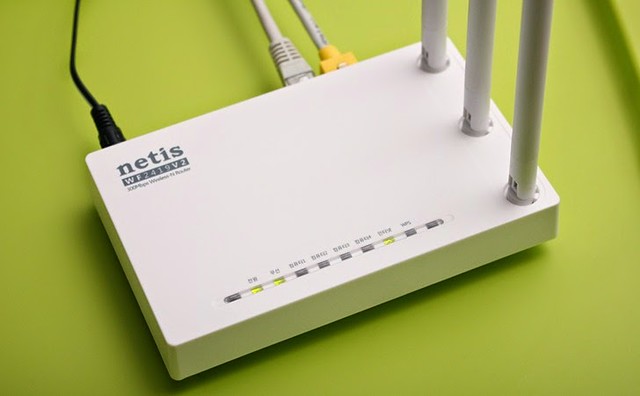
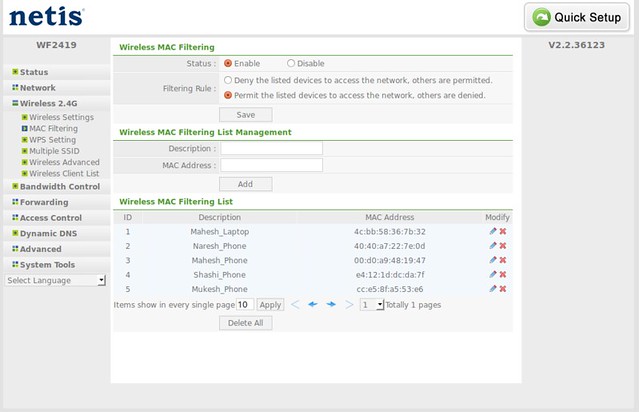

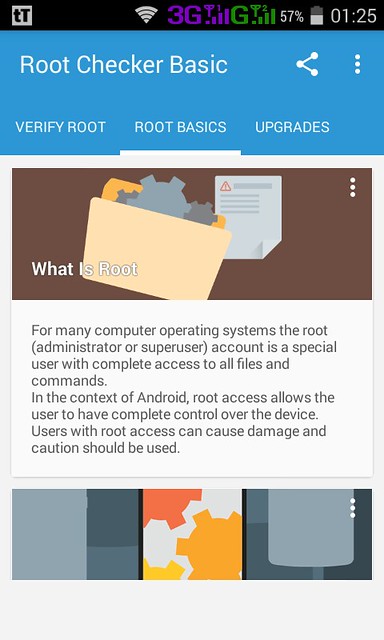
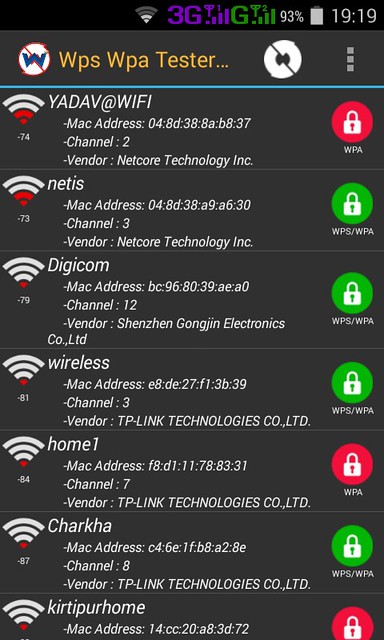


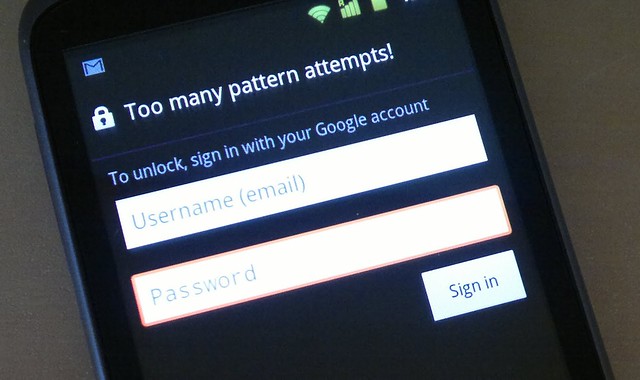
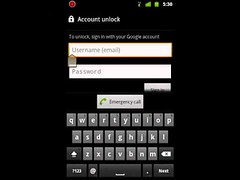

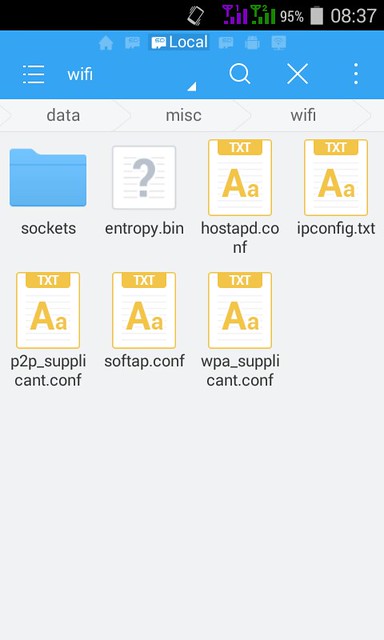



0 comments :